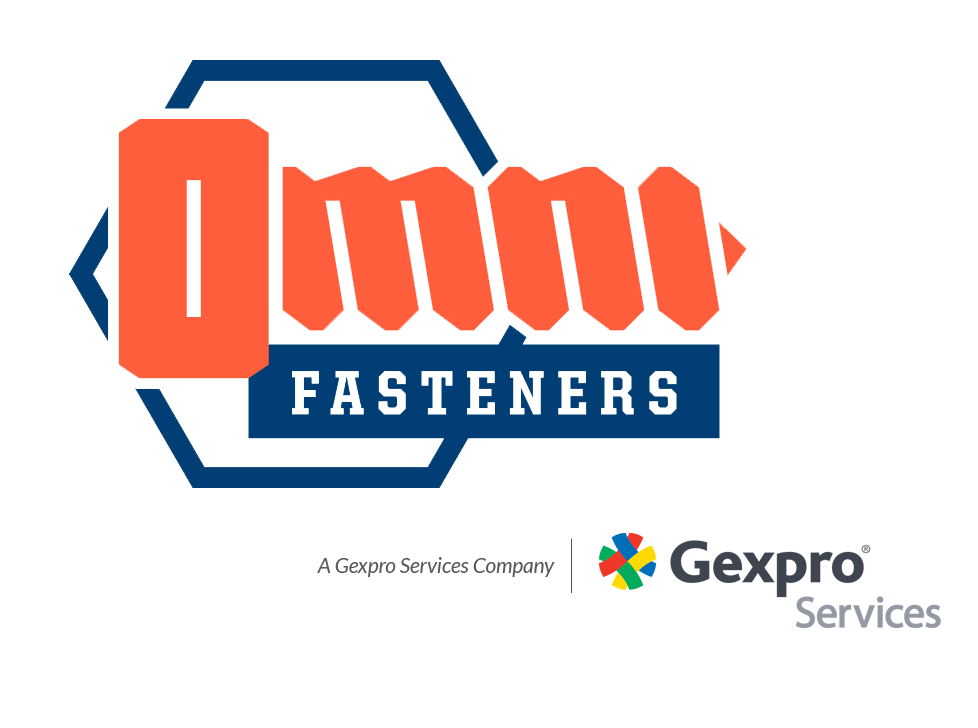Threads may be small, but they make a big impact. Whether you’re designing a wood assembly, plastic component, or precision metal part, choosing the right thread type ensures your fasteners perform reliably, without stripping, cracking, or loosening over time. Here are the common thread types, how they’re used, and how to choose the best option for your next project.
Basic Thread Types and Their Characteristics
- Unified/UN/UNC/UNF: Standard American inch thread, common for bolts and machine screws.
- Pros: Widely available, versatile, strong in metals
- Cons: Not ideal for soft materials like wood or plastic without inserts
- Metric (ISO): International standard metric threads.
- Pros: Universally accepted, common in global manufacturing
- Cons: Requires matched metric hardware
- Wood Screws: Coarse-threaded screws designed specifically for wood.
- Pros: Deep threads provide excellent holding power and reduce splitting
- Cons: Not suitable for metal or plastic
- Plastic Tapping Screws (Hi-Low): Dual-lead thread design optimized for plastics
- Pros: Lower driving torque, better resistance to stripping, excellent for thermoplastics
- Cons: Must match screw design to plastic type
- Taptite® Thread-Forming Screws: Specialized thread design that forms threads in plastic or thin sheet metal
- Pros: Excellent for tapping into plastic, reduces stress cracking, eliminates need for pre-tapping
- Cons: Requires proper hole design
- NPT (National Pipe Thread): Tapered threads used for fluid/gas sealing
- Pros: Creates a mechanical seal, widely standardized
- Cons: Requires thread sealant/tape for best performance in high pressure
Material-Specific Recommendations: What is the Best Thread for each application
Every material behaves differently when fasteners are driven in, which is why selecting the right thread geometry matters:
- Best thread for wood screws: a coarse, deep-thread wood screw, specifically designed to maximize holding power and reduce splitting. Machine screw threads like UNC are not appropriate for wood.
- Best thread for tapping plastic: typically a Taptite® thread-forming screw or a Hi-Low plastic tapping screw, both designed to minimize stress and resist stripping during installation.
- Best thread for metal fasteners: usually UNC/UNF or ISO metric threads, depending on mechanical requirements and geographic standards. Fine threads offer better clamp load per turn, while coarse threads are more tolerant of rough handling.
Key Considerations When Choosing a Thread
Thread selection goes beyond just matching sizes; here are a few critical factors to consider:
- Material you’re threading into: Softer materials like wood and plastic require specialized threads to avoid cracking or pull-out.
- Load direction & magnitude: Match the thread form to the expected forces. High axial loads or vibration may call for finer threads or locking features.
- Ease of assembly or disassembly: Coarse threads are faster to install. Fine threads give greater control but are more prone to stripping in soft materials.
- Sealing & fluid service needs: NPT threads are commonly used to seal piping and hydraulic systems. Their tapered design forms a mechanical seal when properly tightened.
- Availability & cost: Some specialty thread forms, such as Taptite®, may require longer lead times or minimum order quantities, but they can reduce secondary machining steps.
- Industry standards & compliance: In aerospace applications, UNJF threads are frequently required. Their rounded root radius and tighter tolerances improve fatigue resistance, critical for safety-critical components.
Choosing the Best Thread
Here’s a quick framework to help guide your decision:
- Identify the material you’re fastening into.
- Evaluate loads and environmental conditions (moisture, temperature, vibration).
- Select a thread form suited to both material and performance requirements.
- Check industry standards (e.g., UNJF for aerospace, NPT for sealing).
- Prototype and test before committing to full production.
- Clearly specify the thread type, pitch, and tolerance on your print.
Selecting the right thread isn’t just a technical detail, it directly affects performance, assembly speed, and cost. Whether you’re working with wood, plastic, metal, or fluid systems, matching thread type to material and application ensures your project runs smoothly from start to finish. Need help choosing the best fasteners or thread types for your next project? Talk to our team at https://omnifasteners.com/request-a-quote/
